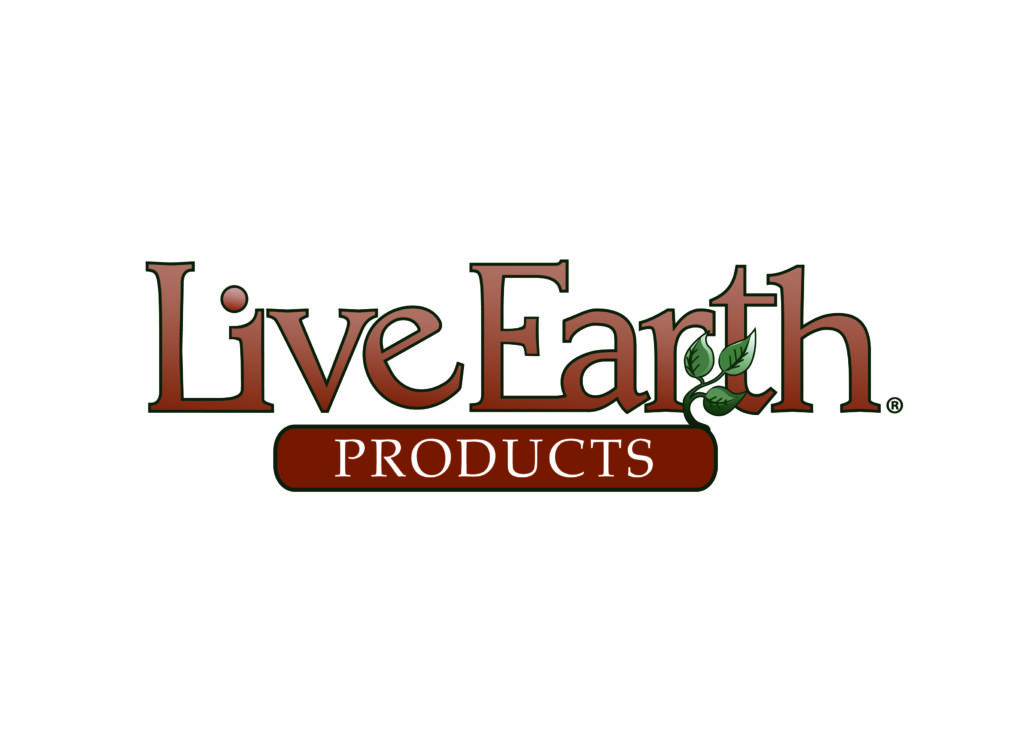
How organic matter can protect against climate change, according to the 2023 CCA Conservationist of the Year Award recipient, Russell Taylor.
EMERY, UTAH (SEPTEMBER 2024) — Nitrogen-based fertilizers greatly contribute to greenhouse gas emissions. In fact, according to the UN Environment Programme, nitrous oxide, the gas released from an excess of nitrogen in the soil, is 300 times more potent at warming the atmosphere than carbon dioxide, and it lingers in the atmosphere for more than 100 years. Though nitrogen-based fertilizers are ubiquitous and generally accepted as essential to the agriculture industry, the problem is not without solution. Recent research demonstrates that adding humates, mineral-rich organic matter, like those mined from the pristine mines in Utah by Live Earth Products, can help temper the questionable impacts. In fact, researchers have found that controlled-release fertilizers blended with humates decreased greenhouse emission intensity by about 30%.
Occurring naturally, nitrogen is not bad for the environment. It is a natural compound found in the atmosphere and, in the right balance, belongs there. However, when a large amount of nitrogen is concentrated into fertilizer and added to a biological system that does not have an overabundance of the element, it creates problematic excess. This excess nitrogen releases greenhouse gasses into the atmosphere and, when leeched into water, can create hypoxia, dead zones where aquatic life cannot survive.
What’s more is that nitrogen fertilizer is created by combusting sequestered carbon, in the form of fossil fuels, in what is called the Haber–Bosch process. This process releases greenhouse gases like carbon dioxide back into the atmosphere faster than would usually occur in nature.
Russell Taylor, VP of Live Earth Products and the 2023 CCA Conservationist of the Year, suggests that because nitrogen fertilizer use is so widespread, farmers looking to reduce emissions or prepare for future regulations should consider humates, like humic and fulvic acids, as a simple way to minimize environmental impact.
“Reducing nitrogen loss with humic substances creates a double dip for greenhouse gases. First, the efficiency of nutrient use increases, so less nitrogen is available to convert to greenhouse gases like nitrous oxide. Second, using less nitrogen fertilizer reduces the fossil fuels burned, creating less carbon dioxide,” said Taylor.
Humates aren’t just great for reducing emissions; their use also brings soil vitality to life by improving soil structure, promoting soil microbial diversity, improving water holding capacity, decreasing water evaporation from the soil, increasing nutrient exchange and uptake, and stimulating root growth.
Farmers who want to learn more about humates can visit Live Earth online or contact Live Earth at (435) 286-2222. For media inquiries, contact Peter Berk at Christie & Co, www.christieand.co, by phone (818) 389-7912 and/or email [email protected]
ABOUT LIVE EARTH PRODUCTS
Located in Emery, Utah, Live Earth Products, Inc. mines and manufactures humic acid and fulvic acid-based products. The humic-based ingredients manufactured by Live Earth are used in agriculture, animal feeds, cosmetics, dietary supplements, balneotherapy, bioremediation, organic gardening, and lawn care. Live Earth Products is a family-run business culminating 30+ years of hard work and innovation. Live Earth Products are the choice of organic and conventional buyers.
Peter Berk
Senior Publicist
Christie & Co | From Dream to Mainstream
805.969.3744 company switchboard



